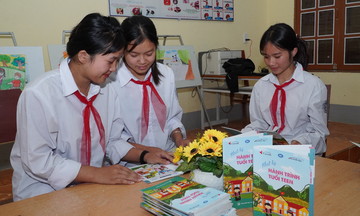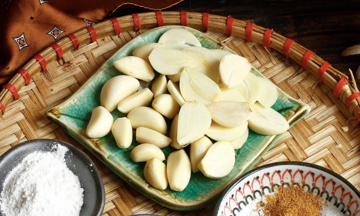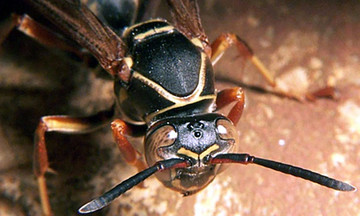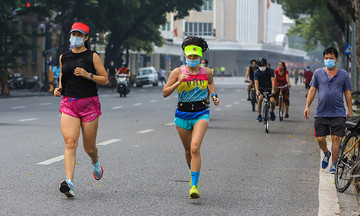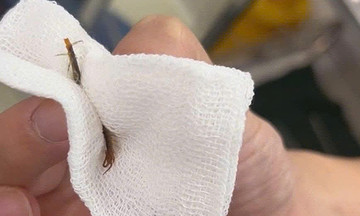Dr. Bach Thi Chinh, medical director of VNVC Vaccination System, made this statement as 31 countries report cholera cases and the Ministry of Health warns of the risk of the disease entering Vietnam through trade and tourism.
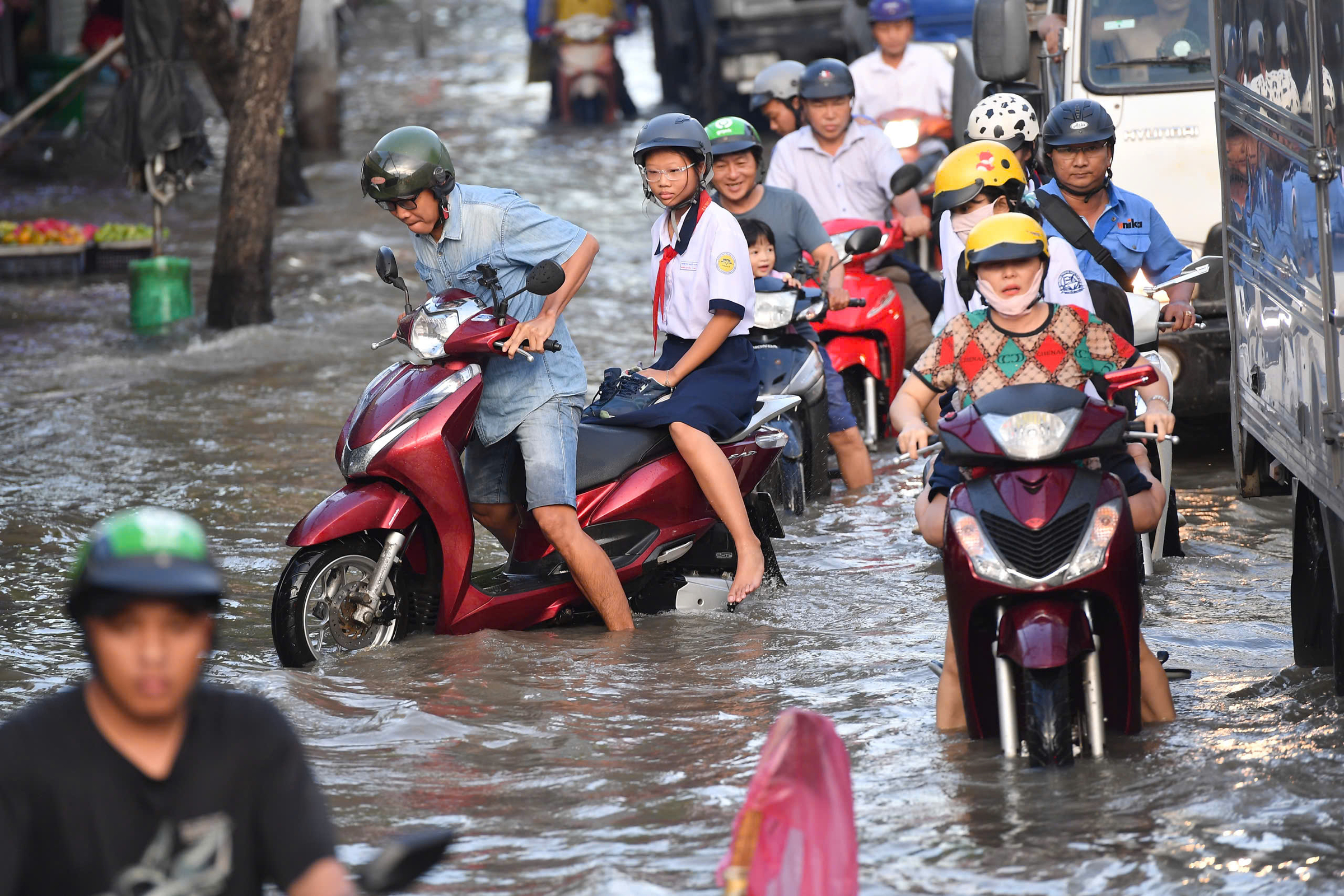 |
Flooding and contaminated water can facilitate the transmission of cholera bacteria. Photo taken during high tide on Nguyen Binh Street, Nha Be District, TP HCM. Photo: Thanh Tung |
Flooding and contaminated water can facilitate the transmission of cholera bacteria. Photo taken during high tide on Nguyen Binh Street, Nha Be District, TP HCM. Photo: Thanh Tung
Cholera, caused by the bacterium Vibrio cholerae, spreads easily through the digestive system. This comma-shaped bacterium has a single flagellum at one end, allowing it to move easily and survive for extended periods in water. Consequently, many cholera infections result from consuming contaminated water or food.
Once inside the body, the cholera bacteria can cause illness, manifesting in symptoms such as bloating, stomach rumbling, and watery diarrhea. Patients often experience continuous bouts of watery diarrhea, along with nausea and vomiting lasting for hours. They typically do not have abdominal pain or fever, but may experience fatigue, muscle cramps, low blood pressure, decreased urination, and cold hands and feet.
Cholera can lead to dehydration, causing a weight loss of over 10%. Prolonged dehydration disrupts electrolyte balance, leading to cardiac arrhythmias and potentially hypovolemic shock and death. In addition to shock and severe dehydration, cholera can also cause hypoglycemia, especially in children, leading to seizures and loss of consciousness. Without prompt treatment, patients can die within hours, with a mortality rate of up to 50% in severe cases.
"Approximately 75% of infected individuals are asymptomatic and shed the bacteria into the environment for 7-14 days, serving as a silent source of infection and increasing the potential for cholera outbreaks," Dr. Chinh said.
High-risk groups include those living, eating, and interacting closely with cholera patients; individuals in areas with unsanitary toilets that discharge directly into ditches, ponds, lakes, rivers, and streams; and residents of estuaries, coastal regions, and flood-prone areas. People who consume raw vegetables or undercooked seafood are also at risk.
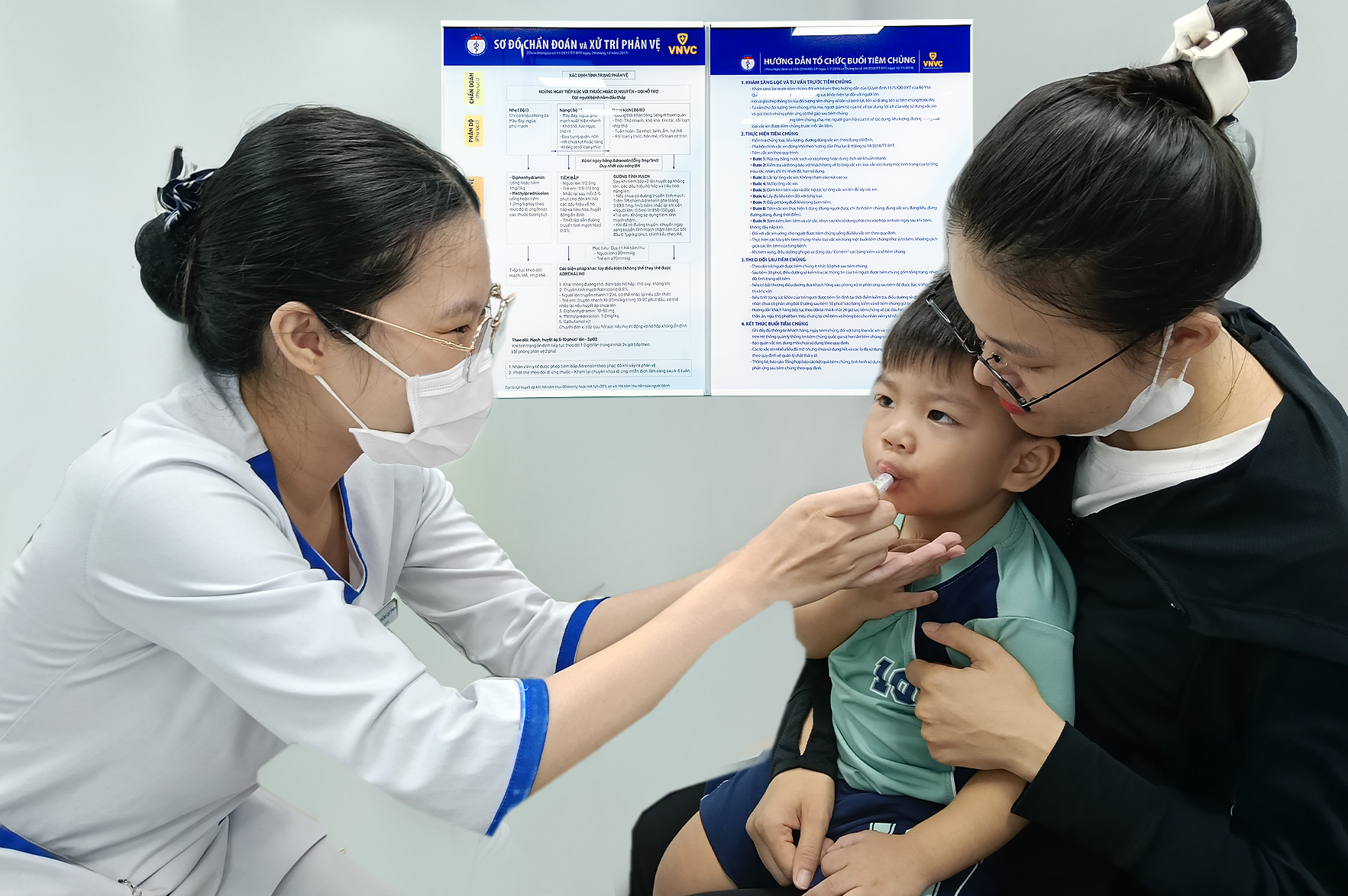 |
Children receiving the cholera vaccine at VNVC Vaccination System. Photo: Hoang Duong |
Children receiving the cholera vaccine at VNVC Vaccination System. Photo: Hoang Duong
To prevent cholera, the Ministry of Health advises people to wash their hands frequently with soap, consume cooked food and boiled water, and ensure food and water safety. Individuals returning from affected areas should monitor their health. Anyone experiencing severe vomiting and diarrhea should seek immediate medical attention and avoid self-treatment to prevent dangerous complications.
According to Dr. Chinh, cholera can be effectively prevented with vaccines. Vietnam currently uses a locally produced cholera vaccine called mORCVAX. This inactivated vaccine is recommended for children from two years of age and adults. The vaccination schedule consists of two doses, administered at least 14 days apart. During an outbreak, individuals can receive two booster doses.
Hoa Binh




